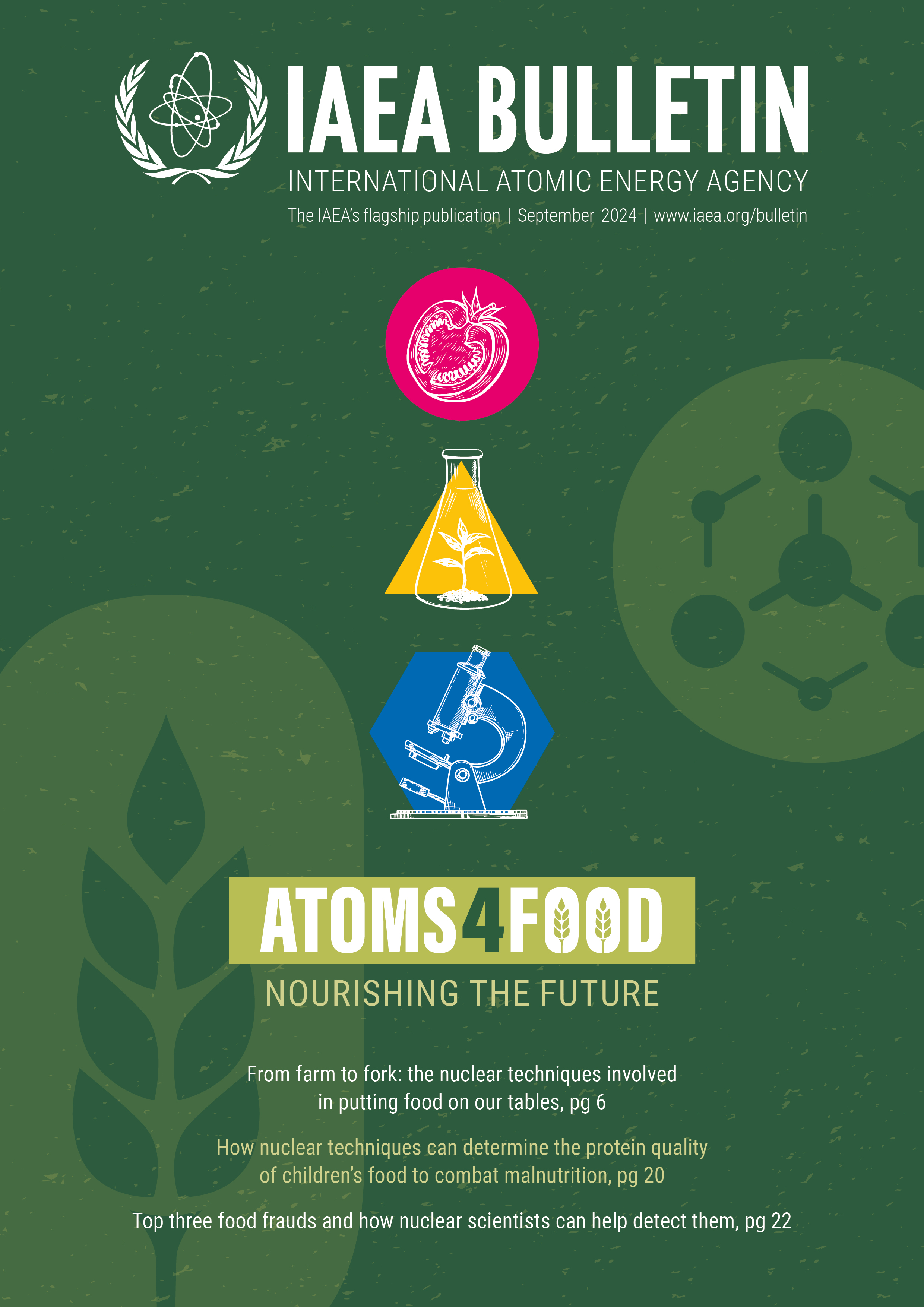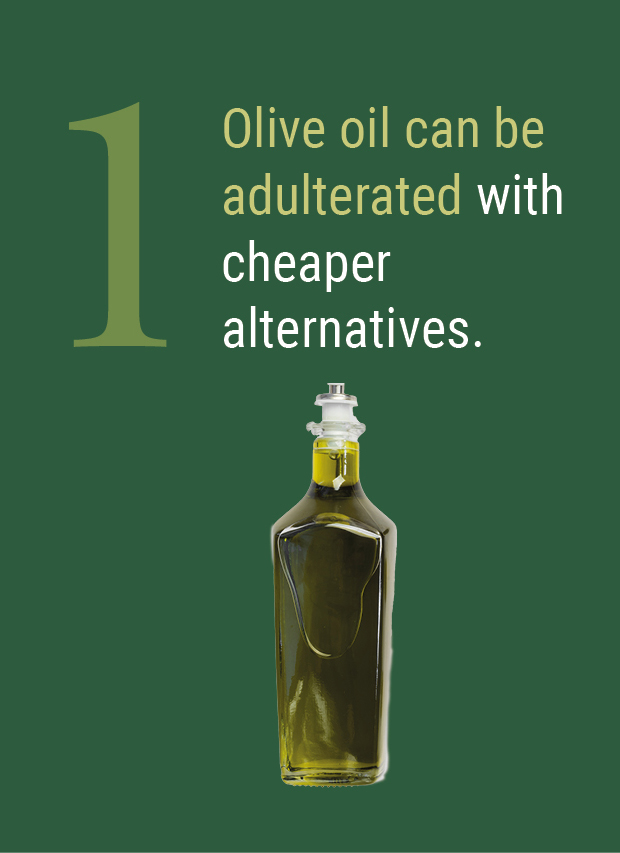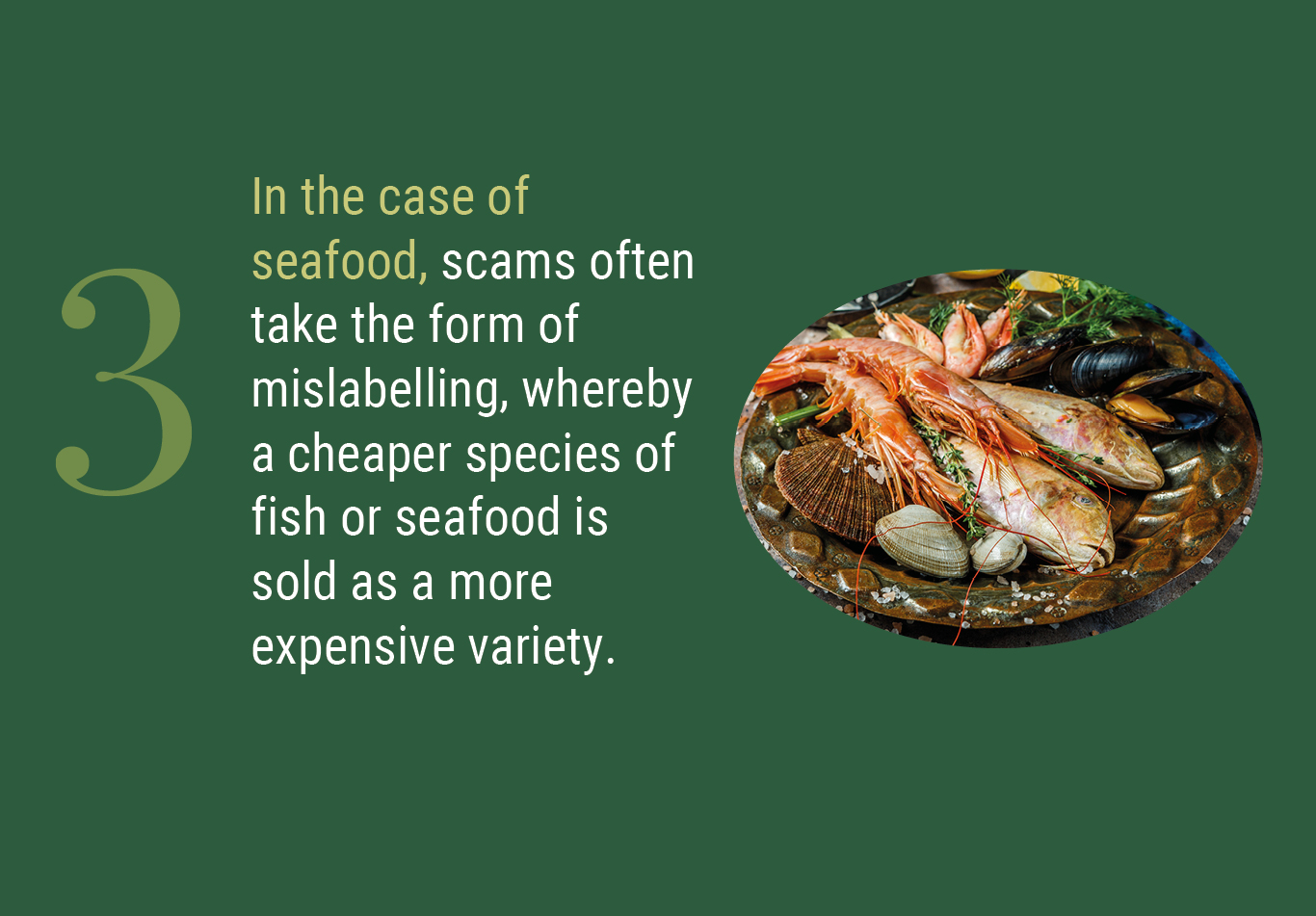Did you know that the food in your kitchen may not be what it seems and may not correspond to the information on the label?
Fraudsters have surreptitiously entered the lucrative global food market and have developed methods to scam food consumers for profit. These include producing counterfeit foodstuffs that imitate certain recipes or brands; adding undeclared materials to food; diluting or substituting high value ingredients with lower value ones; concealing poor quality ingredients; and mislabelling. Food fraud not only impacts consumers’ wallets and harms international trade but can also jeopardize public health and safety.
Food fraud can be defined as any action taken with the intention of deceiving customers about the identity, quality and composition of food products for financial gain. The exact cost of this type of fraud to the global food industry is difficult to calculate given its clandestine nature, but it is estimated to cost producers $40 billion annually.
The IAEA, through its research and technical cooperation programmes and joint efforts with the Food and Agriculture Organization of the United Nations (FAO), supports countries to use nuclear and related techniques to tackle food fraud by tracing the origin of food, verifying its authenticity and testing for adulterants. Food authenticity and traceability methods, such as stable isotope analysis, can help identify and prevent food fraud and protect public health.



